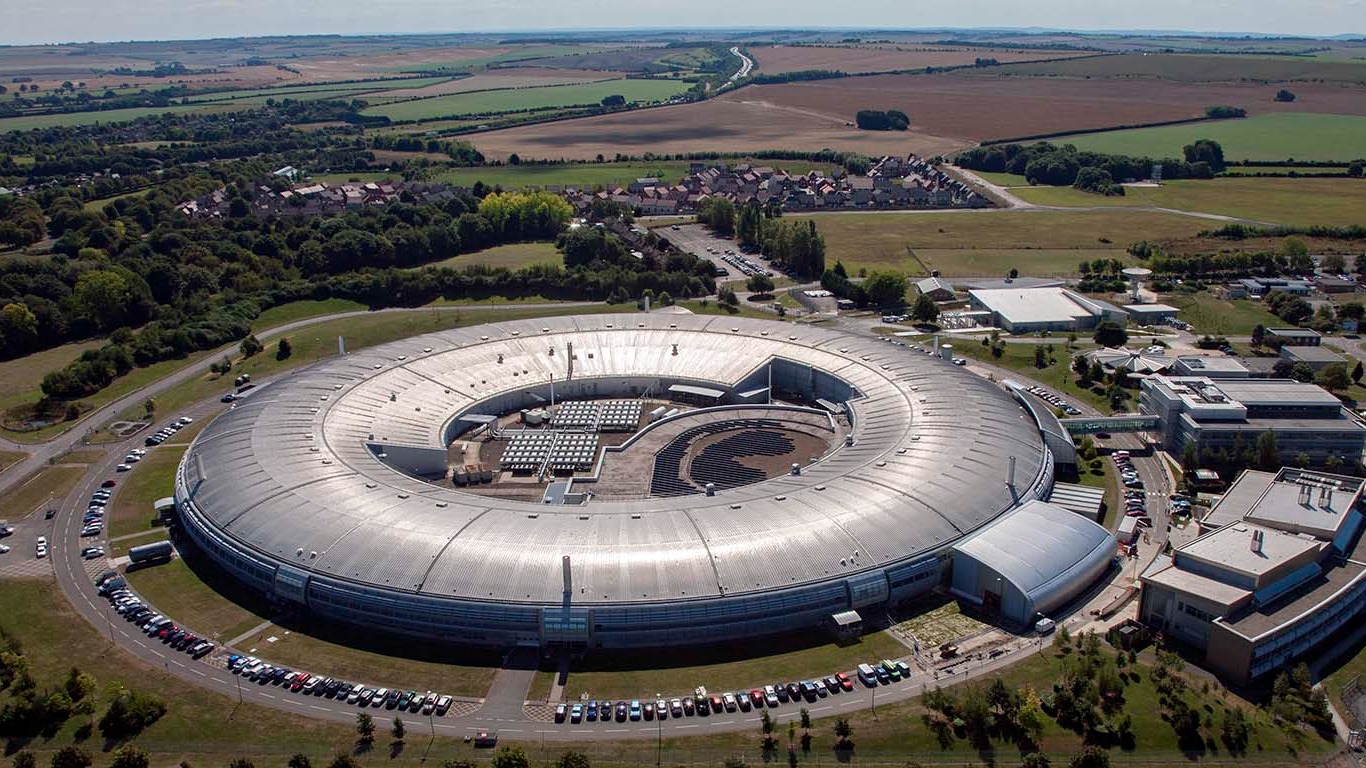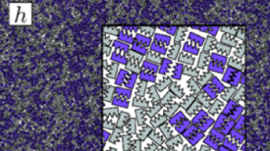Scientists used an extremely high-resolution transmission electron microscope to capture 2D projections of the nanoparticle’s structure, and used an algorithm to stitch those together into a 3D reconstruction.
The unprecedented detail sheds light on the material’s properties at the single-atom level and the insights gained from the particle’s structure could lead to new ways to improve its magnetic performance for use in high-density, next-generation hard drives.
Using CUDA and the Tesla GPUs on the Titan supercomputer at Oak Ridge National Laboratory, the technique used to create the reconstruction, atomic electron tomography (which is like an incredibly high-resolution CT scan), lays the foundation for precisely mapping the atomic composition of other useful nanoparticles. This could reveal how to optimize the particles for more efficient catalysts, stronger materials, and disease-detecting fluorescent tags.
“Our research is a big step in this direction. We can now take a snapshot that shows the positions of all the atoms in a nanoparticle at a specific point in its growth. This will help us learn how nanoparticles grow atom by atom, and it sets the stage for a materials-design approach starting from the smallest building blocks,” says Mary Scott of the Department of Energy’s Lawrence Berkeley National Laboratory (Berkeley Lab) Molecular Foundry, who conducted the research.
Read more >
Related resources
- GTC session: How to Build OpenUSD Applications for Industrial Digital Twins
- GTC session: Combining Quantum-Based Models With Machine Learning Accelerates Drug Discovery
- GTC session: Production Rendering on GPU with Arnold
- NGC Containers: Cheminformatics Demo
- SDK: IndeX - Amazon Web Services
- Webinar: Transforming Molecular Design










